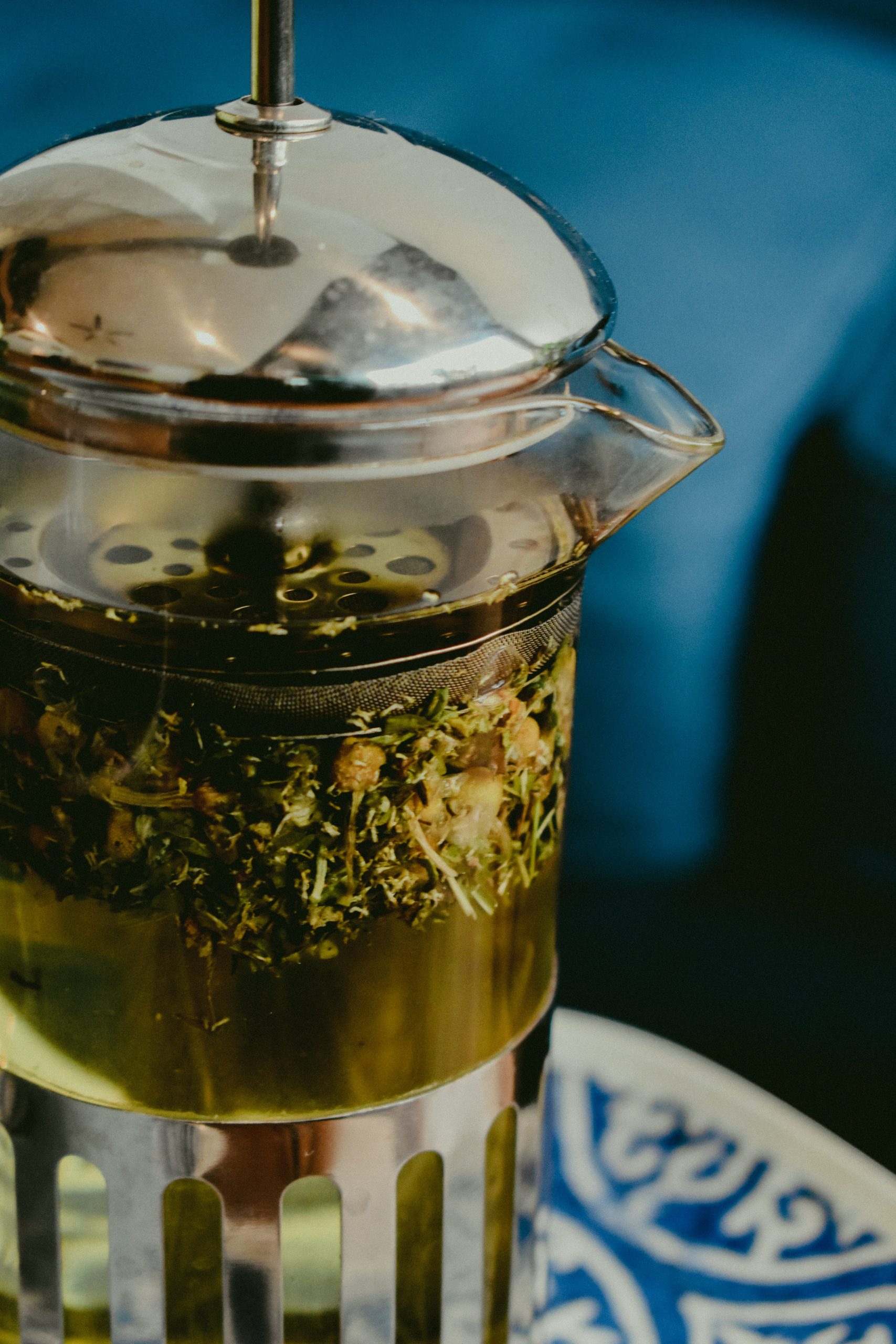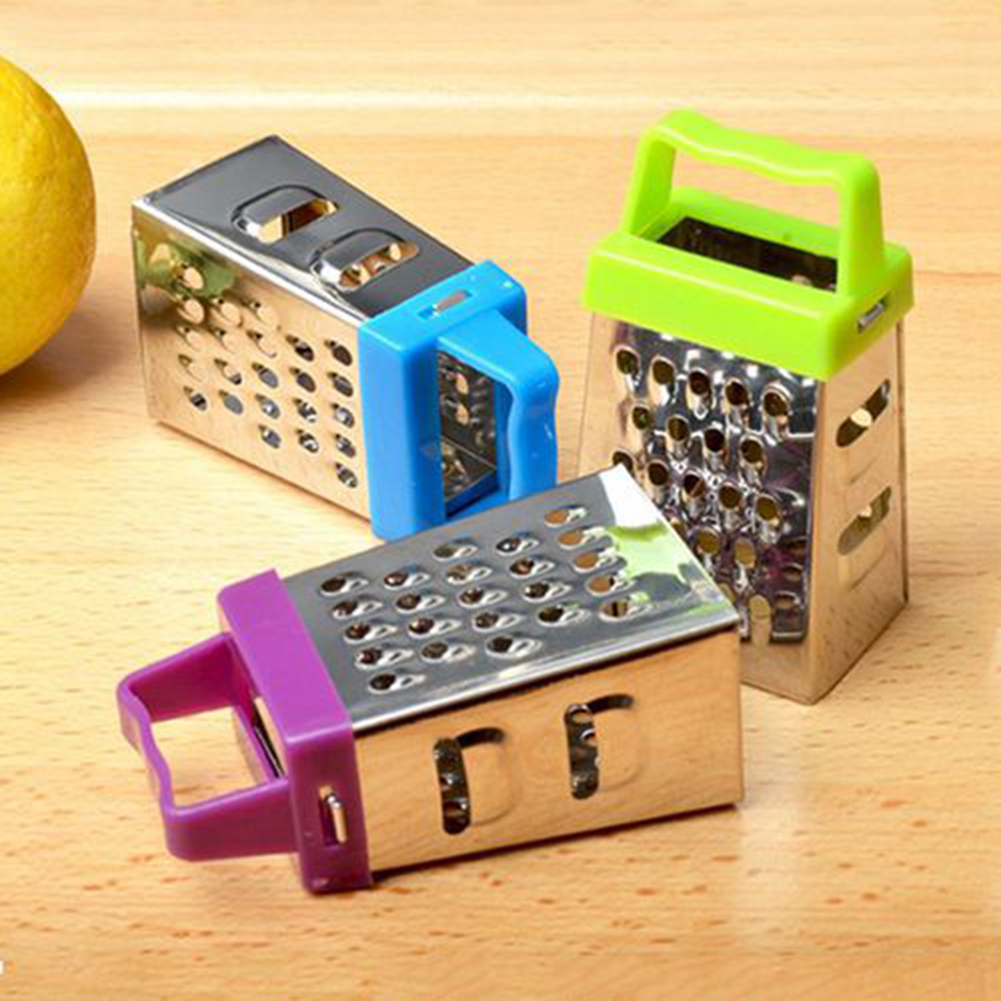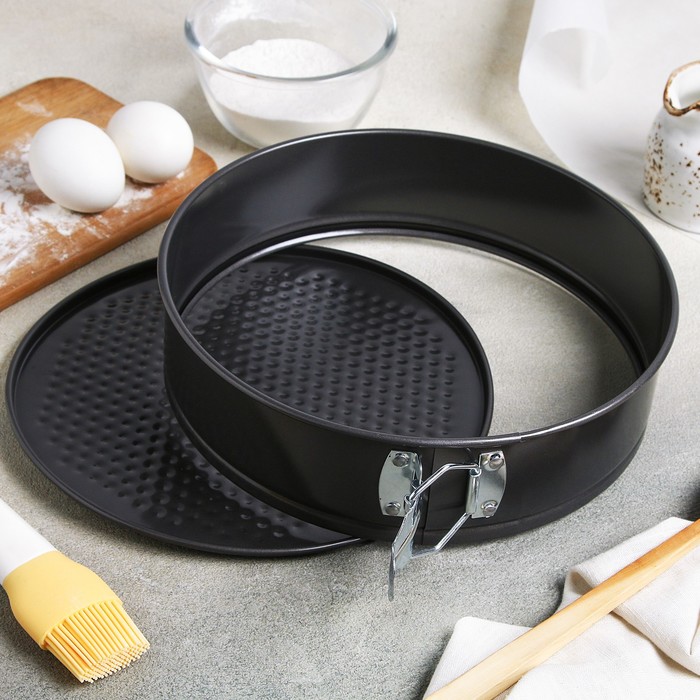How to brew tea in a teapot?
The tea ceremony is a special ritual that dictates its own rules and characteristics. It would seem that it would be difficult to pour tea leaves into a teapot, pour boiling water over them and drink the entire contents? Yes, it’s possible, but only if you don’t attach any importance to it. For others, drinking tea is a whole activity that is so loved in many families. And therefore it is very important brew tea correctly, depending on its variety, to enjoy the delicious taste of the drink and its bright aroma.
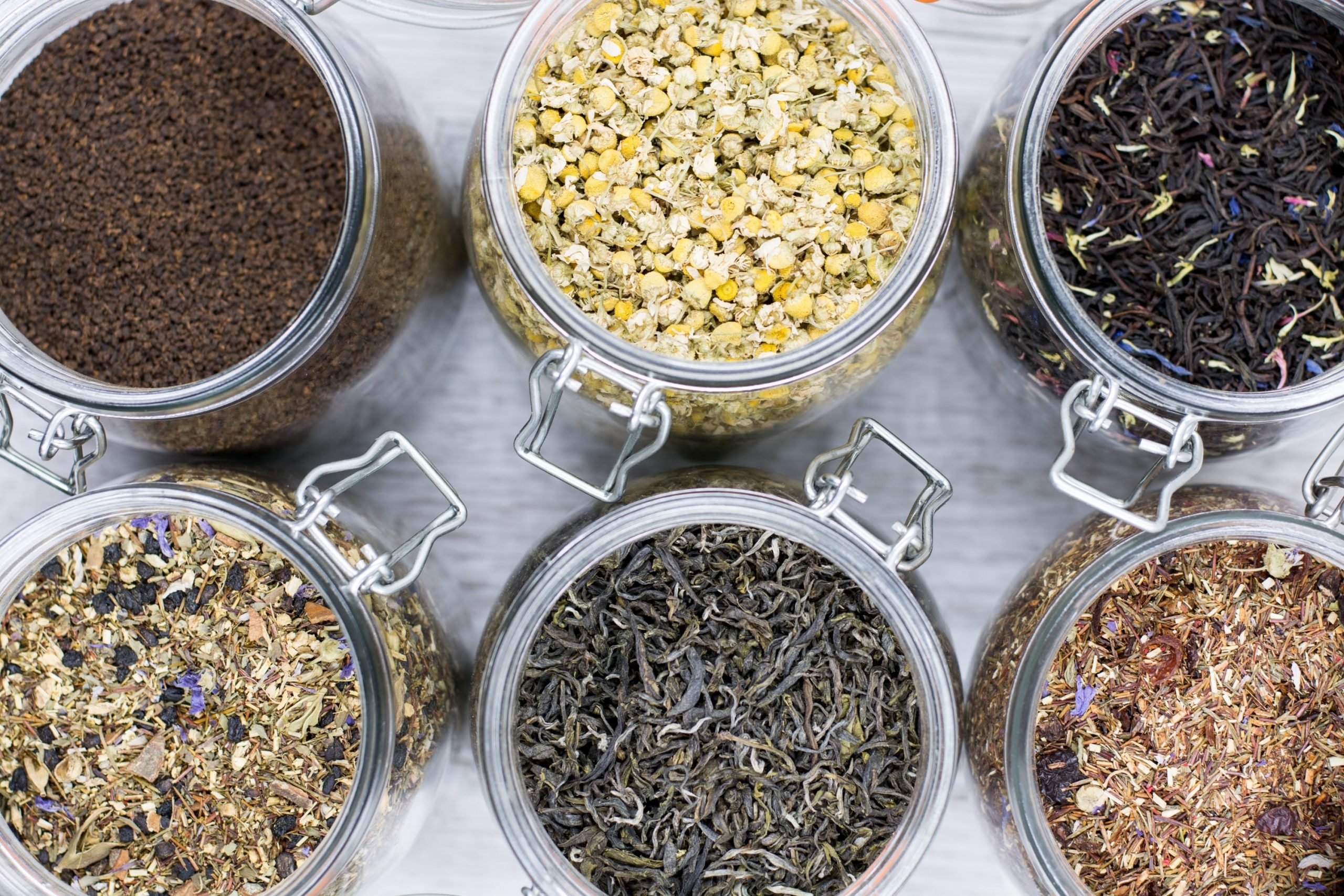
The content of the article
Briefly about the varieties
The birthplace of tea is China, although many believe that it is India. Its history lasts more than 3 thousand years and today the world knows more than a thousand different varieties.
However, there are 6 main varieties - visual features, smell, richness of the infusion and taste, as well as other characteristics primarily depend on how long and in what way the enzymatic oxidation of the leaf is carried out before drying:
- Green - unoxidized or very slightly. Dry mixture of a green hue (from pale to dark - depends on the manufacturing features). Characterized by a “herbal” note and pleasant astringency.
- Black - highly oxidized. The leaves are dark brown. The brew takes on a hue from terracotta to brown-red.The aroma contains floral or honey notes, the taste is sweetish, moderately tart, without bitterness.
- White. To prepare it, tips are used - tea buds that have not had time to bloom. High oxidation. The shade is light, slightly yellow. Since the leaves do not curl, the tea leaves are quite large, but light, so they open quickly when steaming. Floral scent, sweet and soft aftertaste.
- Yellow. By oxidation - like green. It is recognized as an elite variety, and some species were completely prohibited for export from China.
- Oolong or Red. It has a special taste - you cannot confuse it with any other type of tea.
- Puer. It is made from both buds and mature leaves from old trees. Taste, smell and color depend on the “age” of the raw materials used.
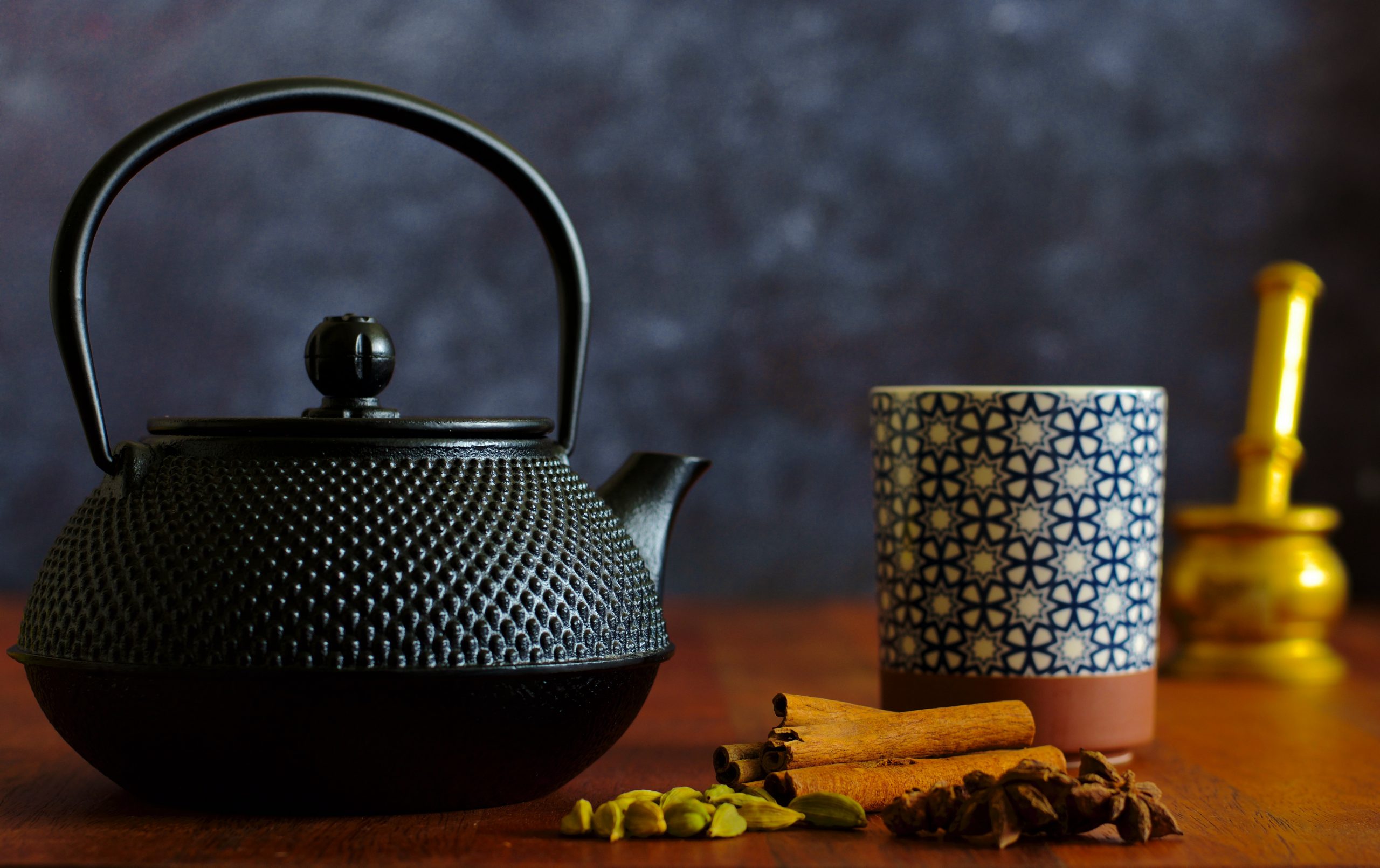
In general, when talking about types of teas, you can simply get confused. It can also be long-leaved and pressed, in sticks and bags, granulated and in capsules, and is also classified by type of tea tree, by origin (Chinese, Indian, Ceylon, Japanese, African, Turkish, Iranian and others). But the main difference, of course, isabout the duration and method of oxidation.
Preparing for the tea ceremony
This is a special event, which is given almost sacred significance in different parts of the Earth.
For example, in China, drinking tea together is considered a kind of “act of bringing together” a family or team; an offer to “drink a cup” is sometimes regarded as a sign of respect, a request for forgiveness and reconciliation, and gratitude. According to tradition, in this country it is customary to pour tea and serve it to younger (both in age and social status) and to older ones, but in no case otherwise.
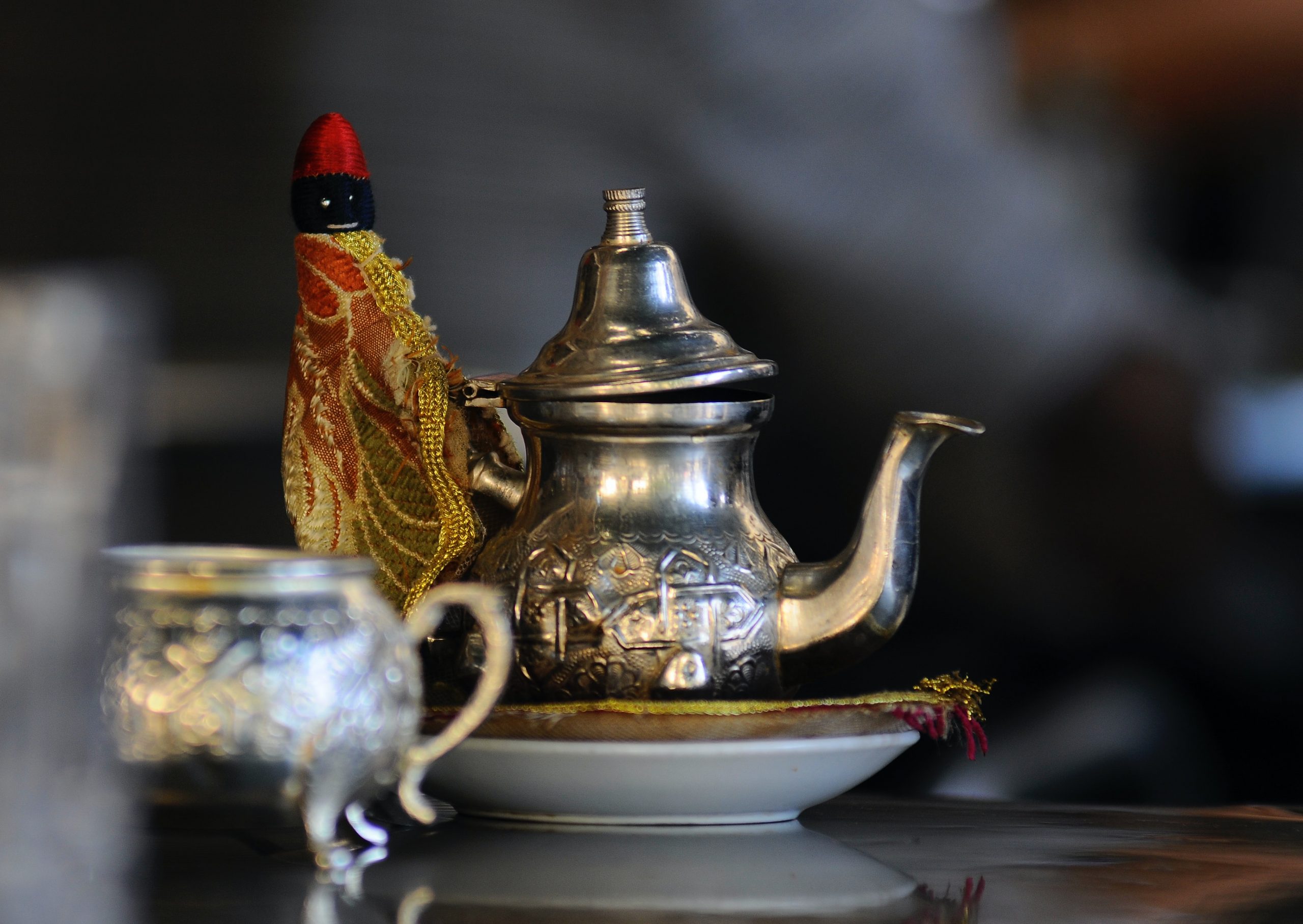
But in Japan, residents drink tea with every meal, be it breakfast, lunch or dinner.In addition, they even drink rice with it - symbolic, isn’t it?
In India they can even prepare a frozen drink, but in Sri Lanka they mostly drink strong masala tea - sweetened with sugar, with milk and various tasty spices.
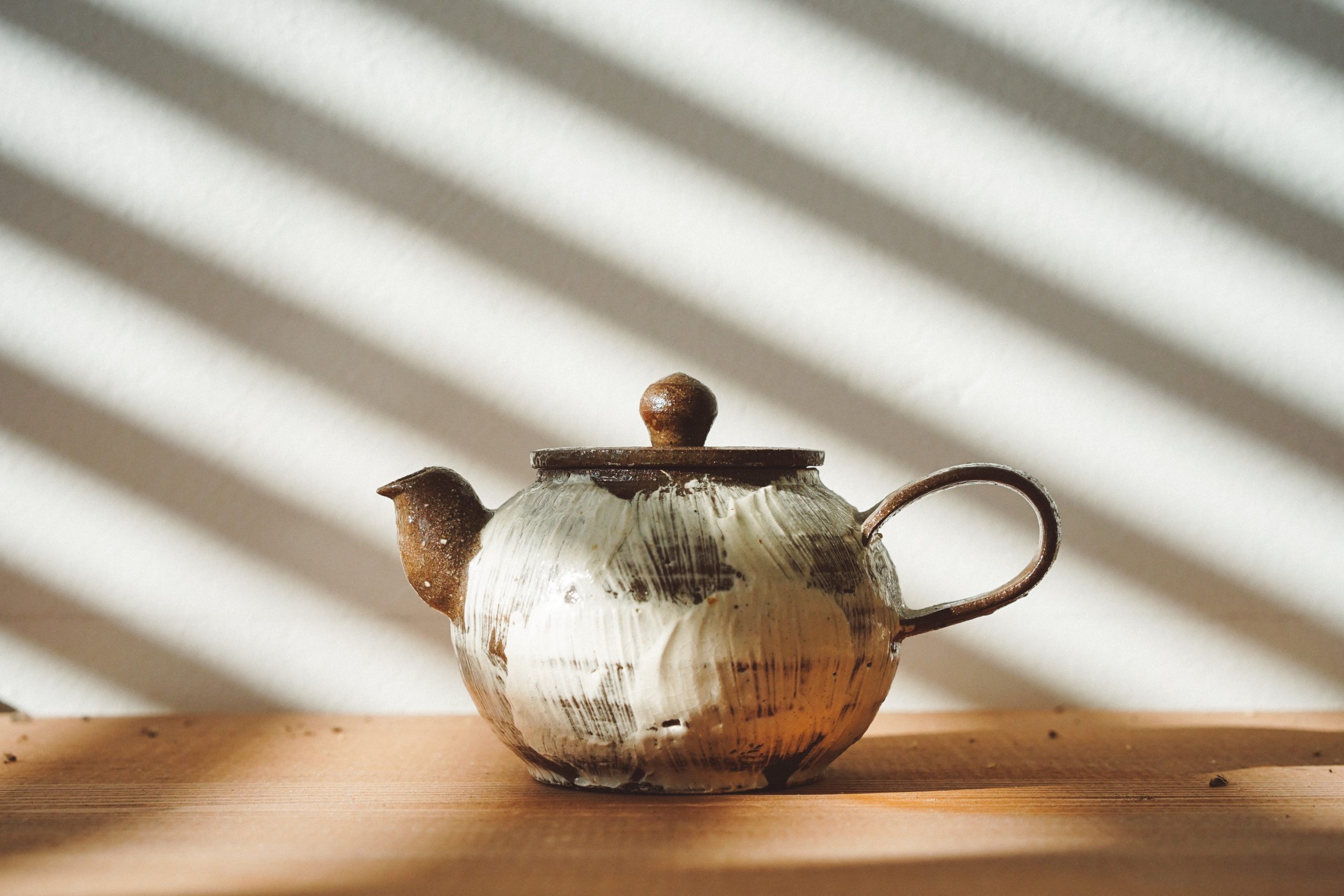
However, the peculiarities of the tea ceremony can be found in every country:
- Tibet - the guest is served a bowl filled with tea almost to the brim, from which it is customary to drink no more than half during a conversation (the drink is constantly refilled).
- Thailand - tea is brewed exclusively in transparent containers.
- Kazakhstan has its own recipes for preparing this drink.
- Uzbekistan - the more respect a visiting guest receives, the less tea the host himself pours for him.
- Iran - the drink is drunk only from a special container - armud.
- Azerbaijan - during matchmaking, if the bride’s relatives do not agree to the marriage, at the end of the negotiations the matchmakers are served tea and sugar separately. If you agree, the drink is immediately sweet.
- In Russia, a feature of tea drinking can be considered a two-teapot brew: tea is infused in a separate container much stronger than it is usually drunk.
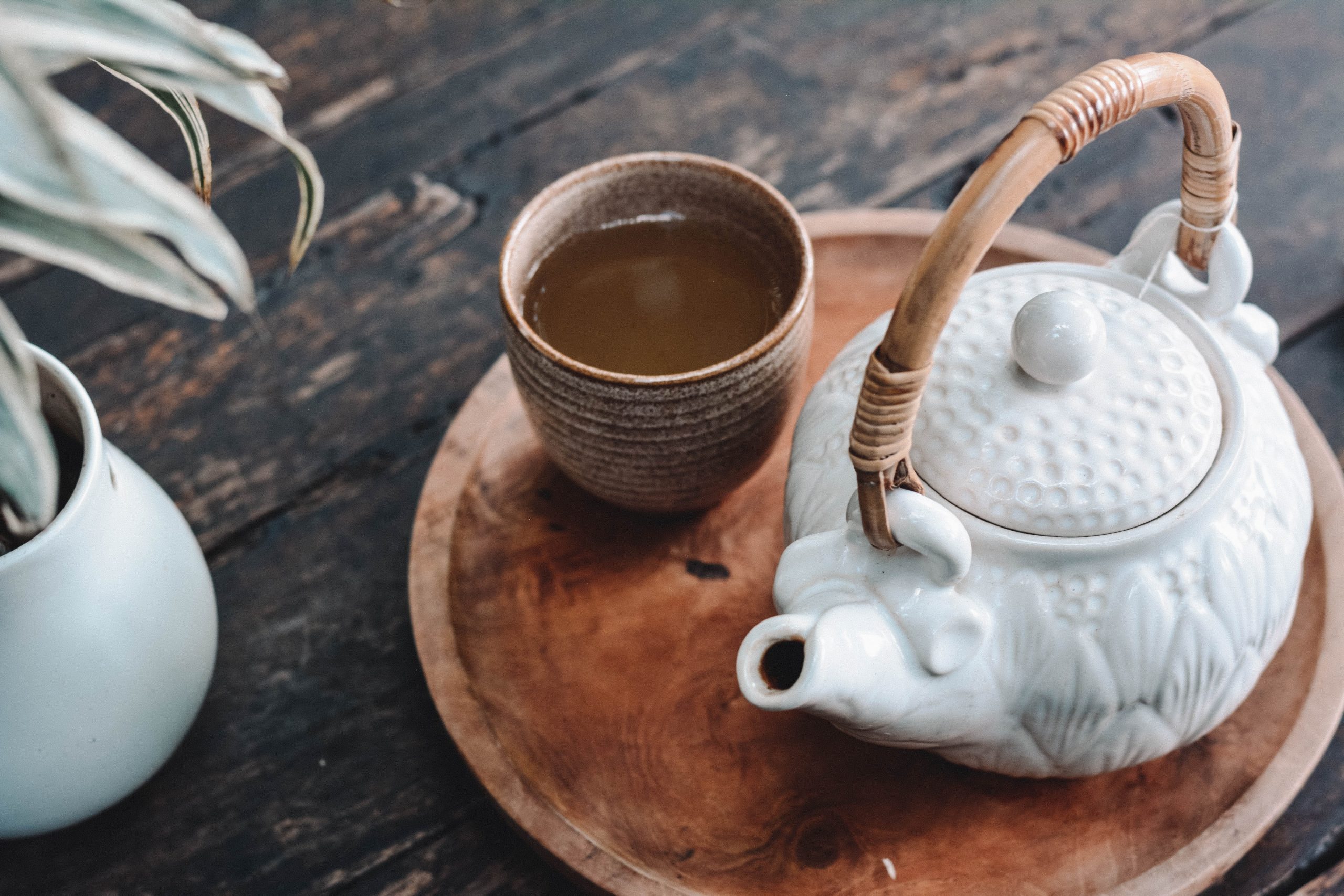
Water for tea
A particularly important point, since the taste of the drink depends on it. You can use spring water, fresh water, but it is better, of course, to give preference to filtered water.
Temperature
For almost all varieties, water that has been boiled but cooled to about 80° is suitable. Only black tea can be poured directly with boiling water.
To understand exactly what temperature is ideal for brewing, you need to pay attention to the appearance of the water. As it cools, it changes, because as soon as it becomes a little cloudy and bubbles begin to appear on the surface, we can assume that it has cooled to the desired temperature.
Rigidity
The higher this indicator, the worse the taste of the drink will be. It will certainly acquire bitterness and unpleasant astringency.
To brew tea, it is better to give preference to a soft liquid in which the calcium and potassium content is minimal.

What to brew tea in
For black varieties, it is better to use teapots made of ceramic, porcelain or earthenware. For green, white, red - glassware. As for puerh, clay models are undoubtedly the leaders here.
An important condition for all teapots is the presence of a tight-fitting lid.
Brewing tea: step by step instructions
The algorithm is quite simple, you just need to get used to it and then all the action will happen automatically.
Black
- We heat the water. If it was initially boiled, then wait until it becomes a little cloudy and bubbles appear on the surface.
- Tea leaves are poured into the teapot. It is very important that the dishes are clean, or even better, sterilized.
- We calculate the dose of tea leaves. Of course, it all depends on personal preferences and taste preferences, but the optimal option is 5 grams of leaves per 1 cup of tea. You can add an additional amount - it won't make it any worse.
- Fill the teapot one-third full of water, close the lid tightly and shake lightly. Then add liquid and leave for 2-3 minutes.
- As soon as the tea leaves settle to the bottom, the brew is considered ready.
Never fill dishes to the very edge. Free space inside the teapot is necessary for the circulation of steam and foam.
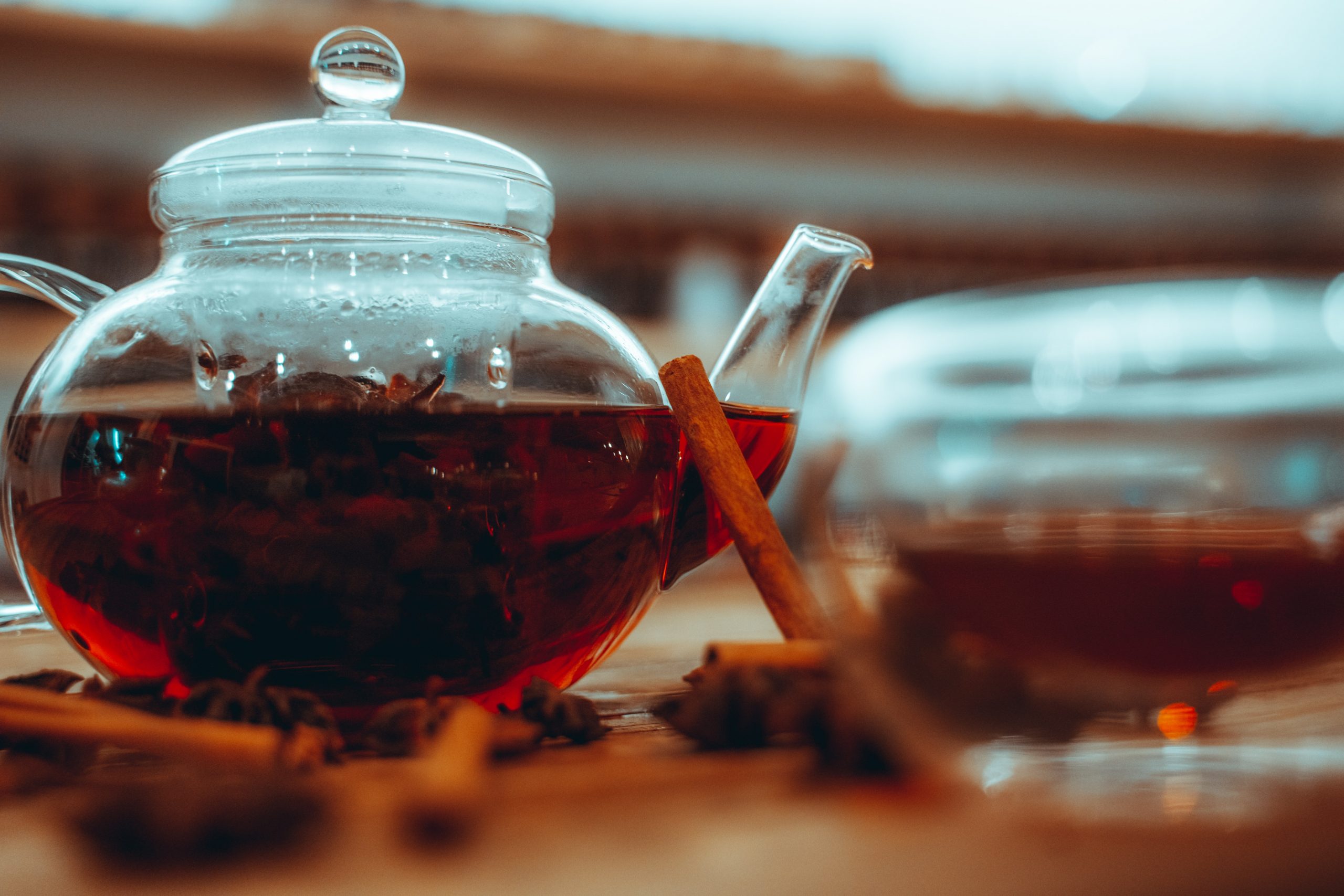
Green
The process is absolutely identical to the previous one, there are only a few nuances:
- Do not add too hot water for this variety. The temperature should not exceed 80°.
- First, leaves are poured into the teapot, then water, but only to cover the contents.Next, the first liquid needs to be drained and the teapot filled with water only 2/3 of the volume.
- Green tea is infused for 2 minutes.
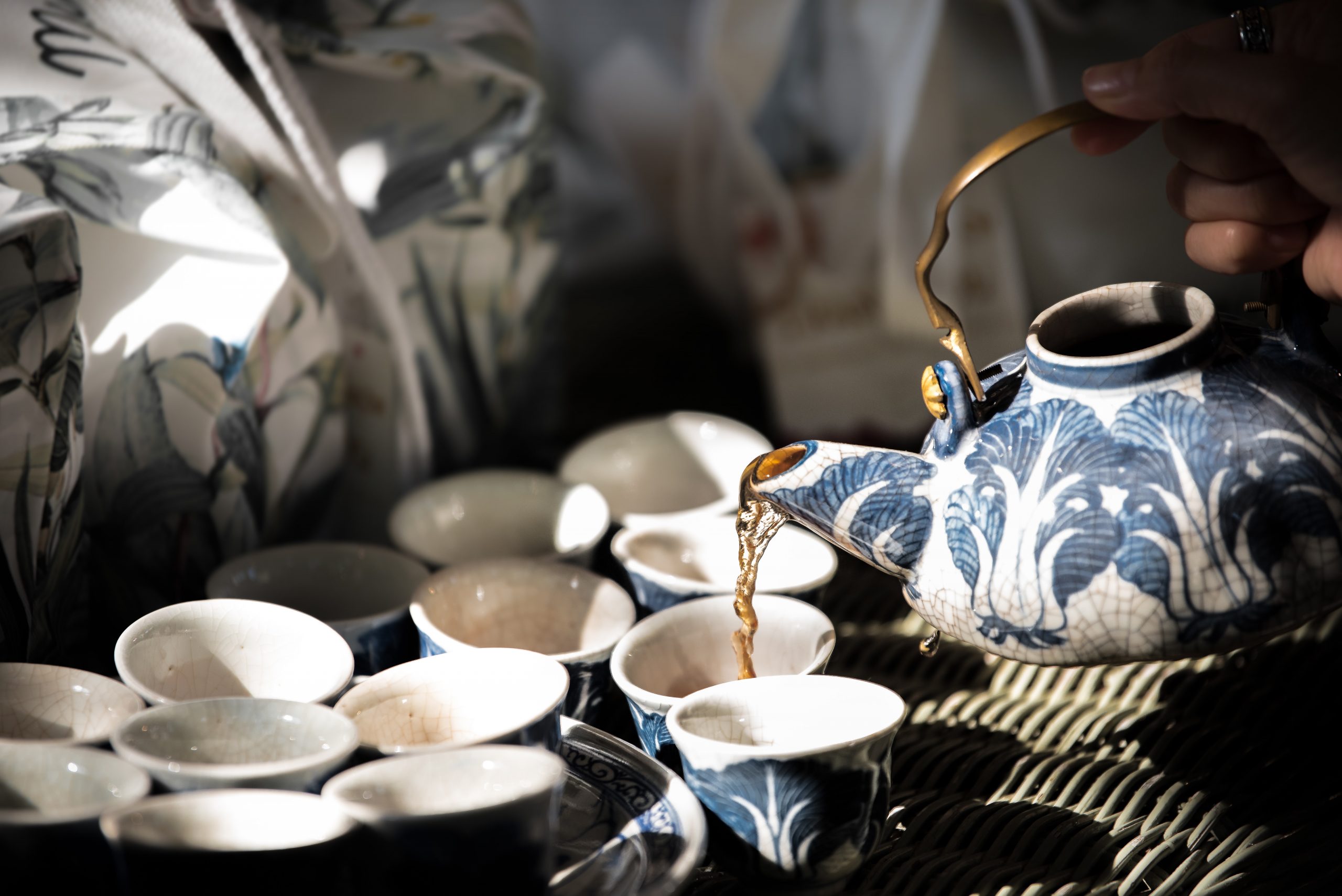
Yellow
This is also a rather capricious variety that requires special preparation:
- It is unacceptable to brew this variety with boiling water! This will spoil both the taste of the drink and its beneficial properties.
- Water is better filtered. Temperature - 70-80°.
- The teapot can be made of glass or clay.
- The optimal number of leaves is 4 grams per 200 ml of water.

White
Particularly delicate variety. One wrong move and the drink will be hopelessly ruined.
- The water should only be soft and boiled. No running water!
- Temperature - from 70 to 80°.
- An exceptional feature is that white tea can be brewed in a container without a lid, since the leaves do not need steaming, but require air circulation.
- The best ratio is 4-6 grams per 300 ml.
- Brewing time - up to 30 seconds.
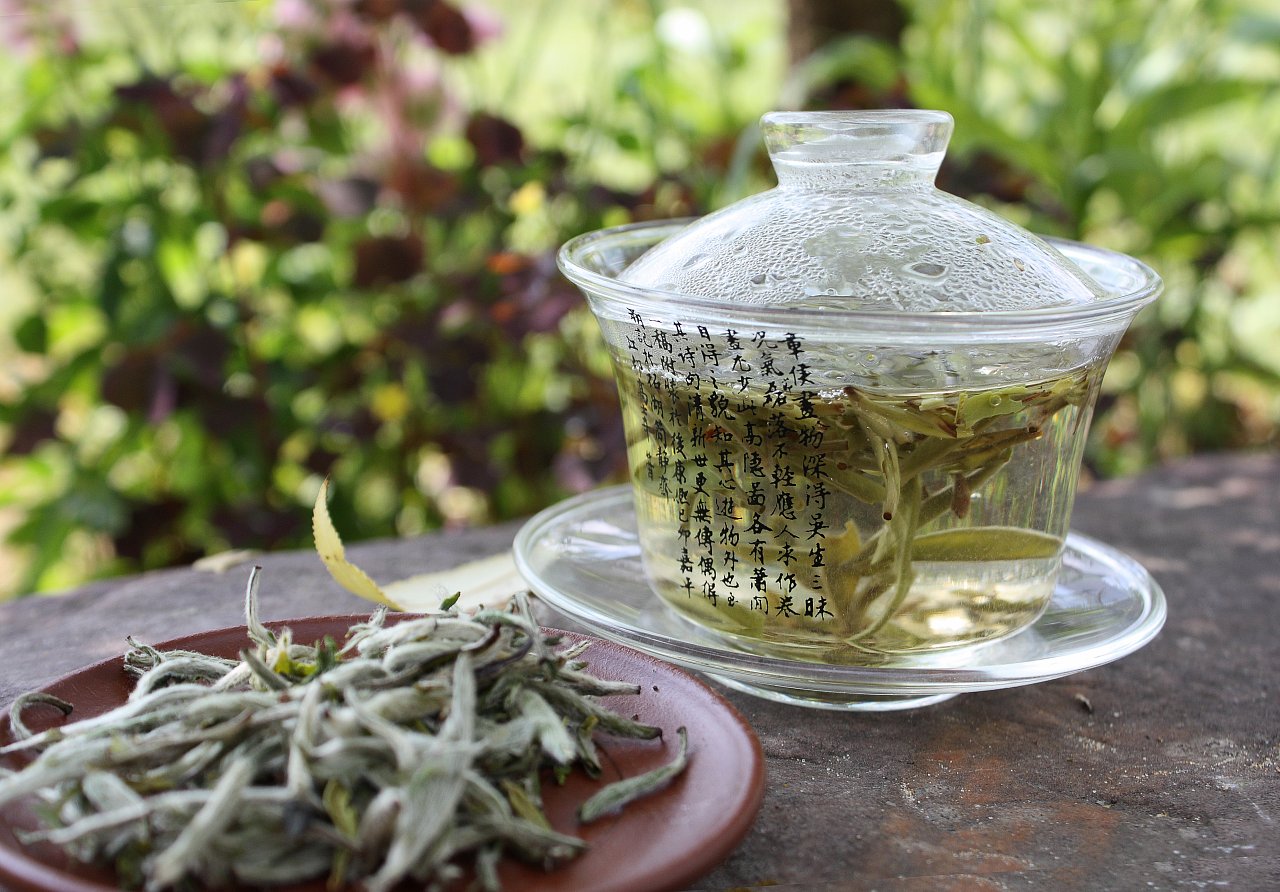
Red
A special variety of tea with a bright aroma, as well as a strong “smoky” flavor with notes of fruit and honey. It harmonizes perfectly with additives: lime, mint, milk, cream.
- Only soft water is needed. Its temperature is at least 95°.
- The ideal teapot is clay, cast iron, glass or porcelain.
- The ratio of the dry mixture is 4-6 grams per 400 ml of water.
- Time - about 2 minutes.
It is not recommended to reuse the tea leaves.

Oolong
- Both dark and light varieties are brewed with water at a temperature of 85°. It must be purified; it is better if it is a filtered liquid.
- The teapot is clay or porcelain.
- Pour at least 5 grams of dry mixture into a heated container.It is necessary to leave for a few minutes until the leaves begin to open, and then pour in 200 ml of water.
- Infusion time is 2 minutes.
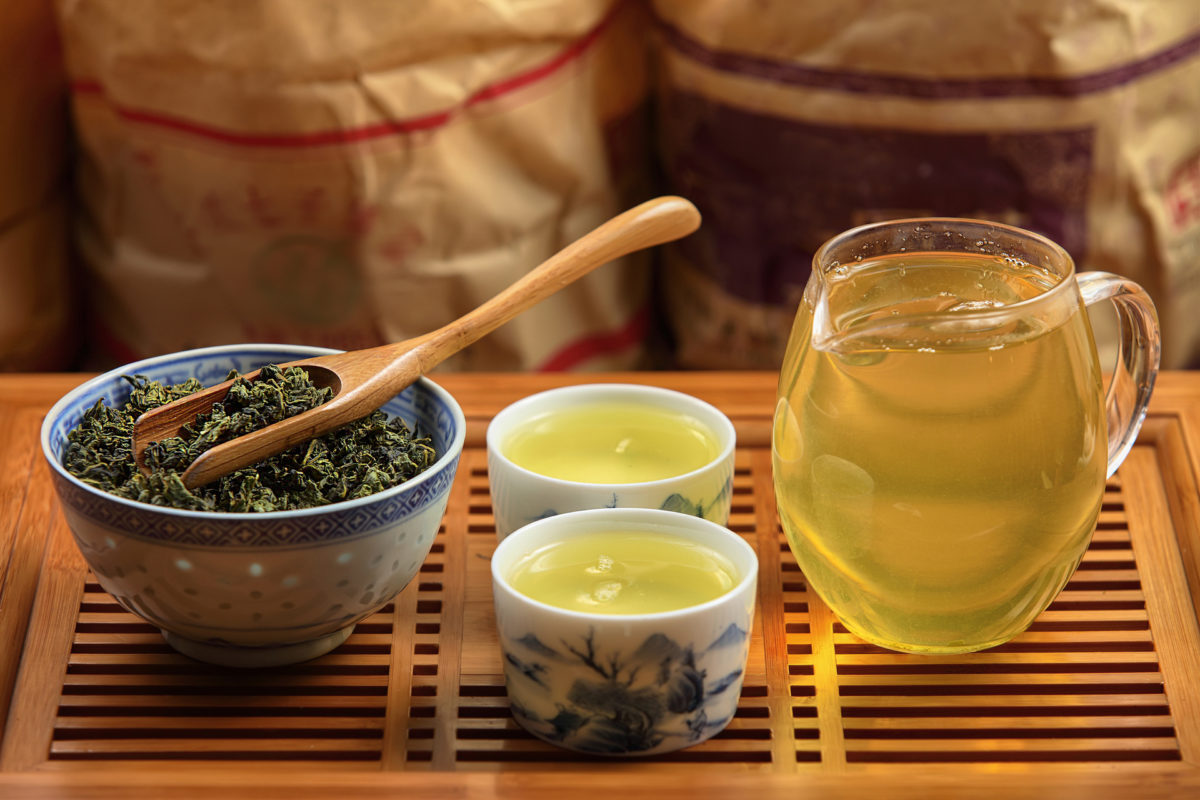
Hibiscus
It is brewed in the same way as black if you want a hot drink. But many people like to drink hibiscus cold, then the brewing algorithm changes:
- For one cup of tea, two spoons of leaves are poured into the teapot. Filled with water to the brim.
- Close the lid tightly and wait 6-8 minutes.
- We pour the resulting drink into a separate container, and fill the teapot again with water.
- When 5-6 minutes have passed, both infusions are mixed.
- Let it cool - the hibiscus is ready!
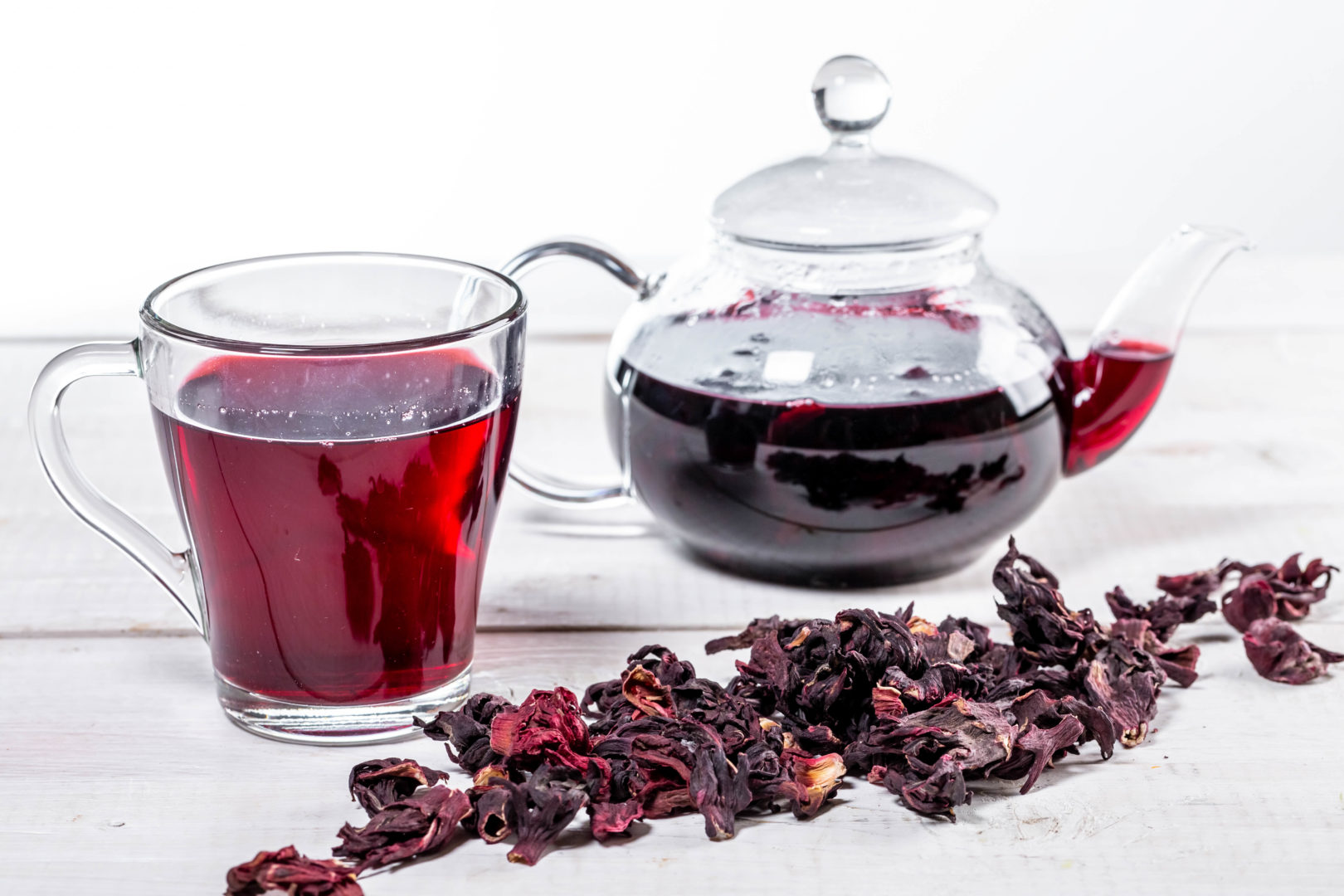
Herbal
Since such infusions are often used for medicinal purposes, the water should be clean and soft.
- Temperature -80°.
- Amount of mixture - 1 tbsp. l. collection per 200 ml.
- The brewing time depends on the herbs. If these are seeds - no more than 5 minutes, flowers and leaves - 3 minutes.
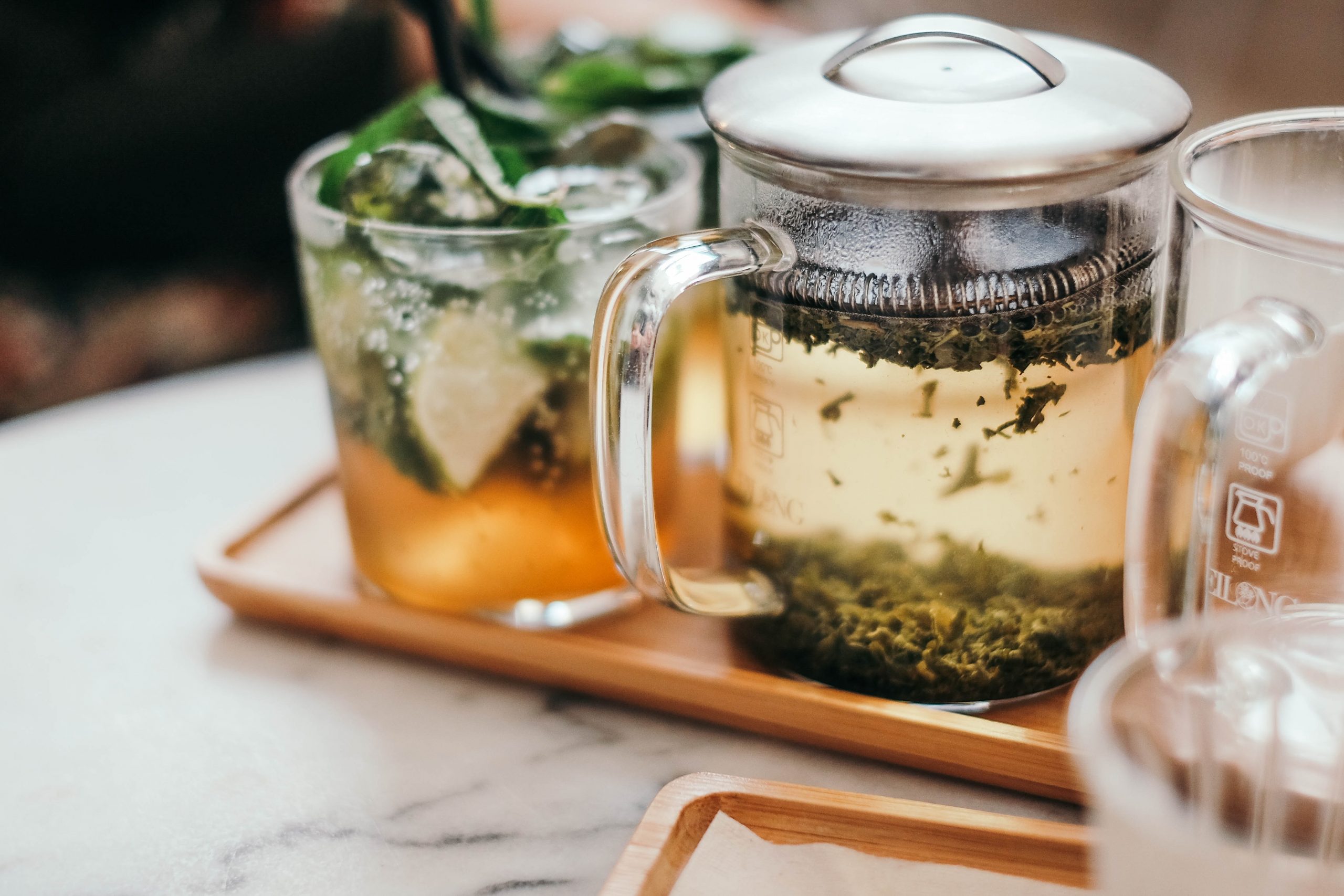
How to brew tea in a teapot with a press
The algorithm for any type of tea remains the same. The only difference is in the design of the French press itself:
- Pour tea leaves into the flask.
- Pour hot water over the mixture.
- Cover the teapot with the plunger, but do not lower the strainer for 2-3 minutes.
- Then lower the strainer and pour the tea into cups.
A significant advantage over a simple teapot is the presence of a filter. Thanks to this, the leaves remain in the flask and do not fall into the mugs.
